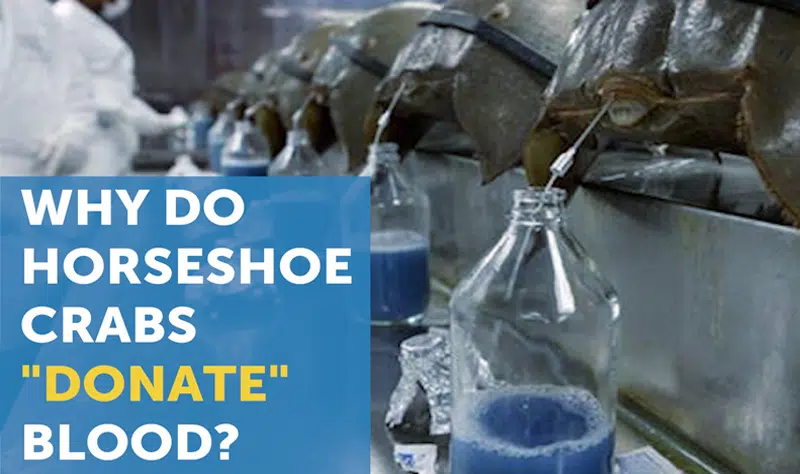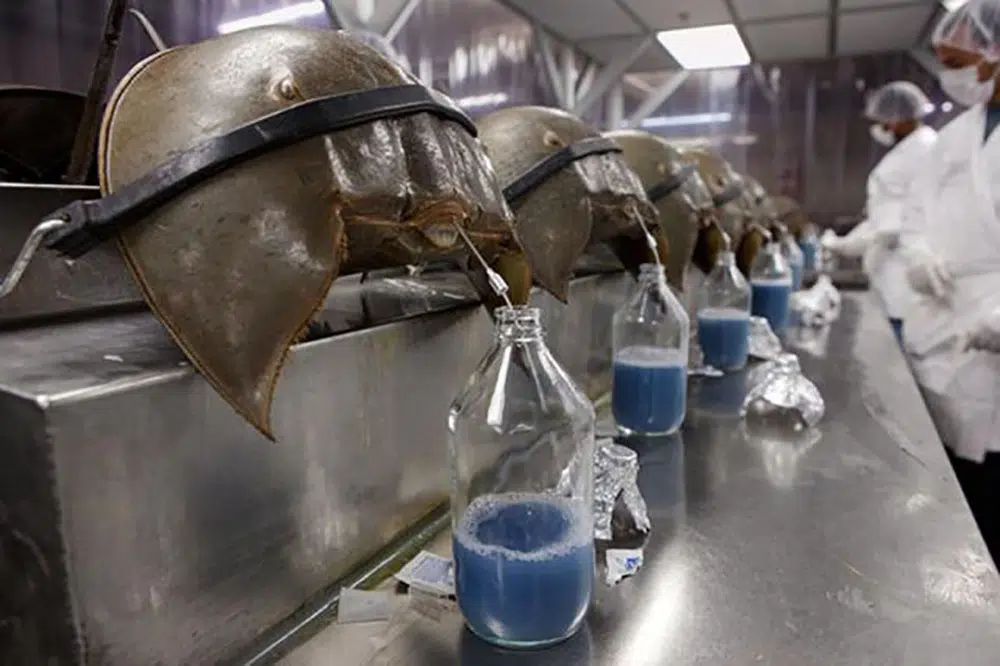Donated Horseshoe Crab Blood Has Saved Countless Lives
Featured in Ripley's Believe It or Not!

Horseshoe Crab Blood
Thanks to a natural immuno-response in horseshoe crab blood, biologist shave been able to test medicine and healthcare equipment for contamination since 1958.



